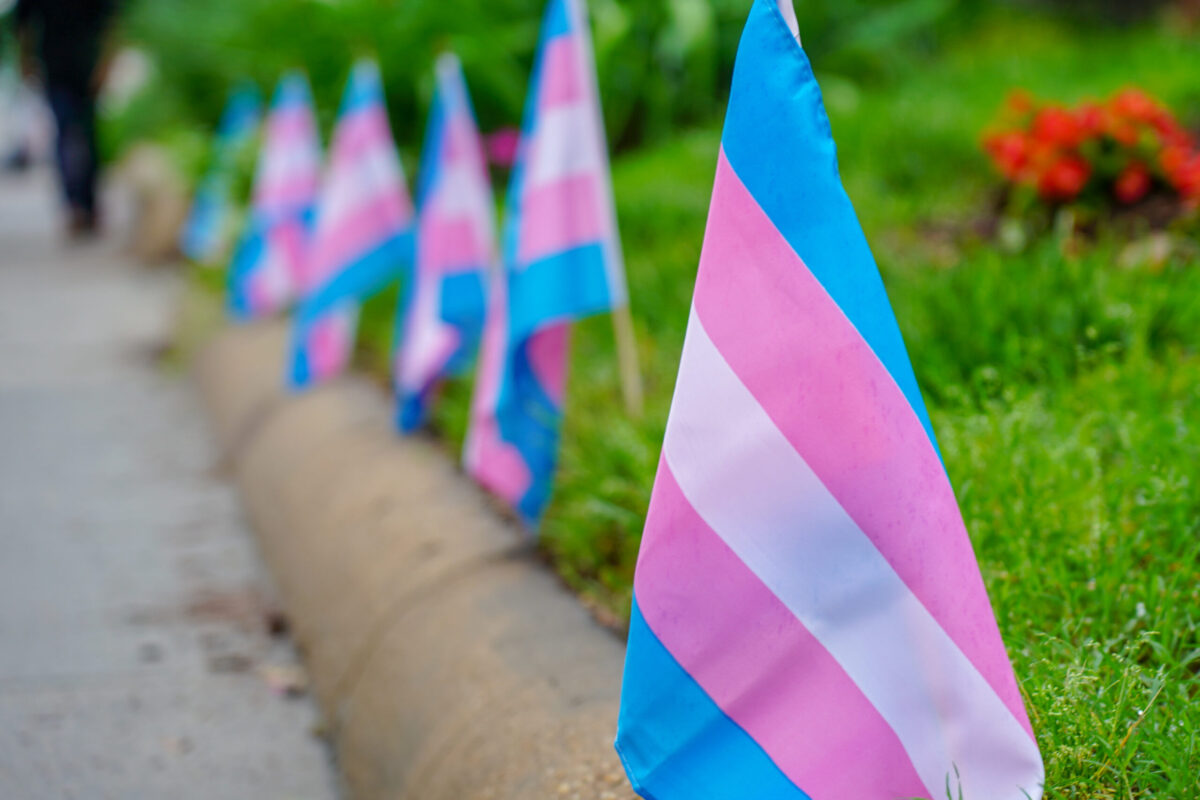Rebellious Daughters of History #39
by Farida Haque (guest contribution) and ,,Judy Cox

Why the Statues Must Fall: Leela Roy (Bengali: লীলা রায়) (1900 – 1970)
Leela was born into an upper middle class Bengali Hindu Kayastha family in Sylhet in Bengal and educated at the Bethune College in Calcutta, graduating with a gold medal in English.
Leela had to fight with university authorities to became the first woman admitted to the University of Dhaka.
Leela threw herself into social work and education for girls, starting girls schools in Dhaka.
In 1921 during the Bengal floods, Leela, then a student at Dhaka University, was instrumental in forming the Dhaka Women’s Committee to organise flood relief.
In 1931, she began publishing Jayasree, the first magazine edited, managed, and written by women writers.
Leela formed a rebel organisation called Deepali Sangha in Dhaka at the end of 1923. She took part in the Civil Disobedience Movement and was imprisoned for six years.
In 1938, she was nominated to the National Planning Committee of the Congress.
She married Anil Chandra Roy in the same year. On Bose’s resignation from the Congress, the couple joined him in the Forward Bloc.
In 1942, during the Quit India Movement both she and her husband were arrested and her magazine was forced to cease. On her release in 1946, she was elected to the Constituent Assembly of India.
During the partition violence, she met Gandhi in Noakhali where she had opened a relief center and helped 100s of women. After the Partition of India, she ran homes in Calcutta for destitute women and helped refugees from East Bengal.
Leela founded the Jatiya Mahila Sanghati, a women’s organisation in West Bengal 1947. She continued to be active during the 1969s and died in June 1970.

Emma Tenayuca (1916 – 1999)
Emma Tenayuca grew up in a Mexican Comanche family of eleven and lived with her grandparents.
The family were hit hard by the Depression, and Emma became a labour activist before graduating from Brackenridge High School in San Antonio.
Emma was first arrested aged 16, in 1933, when she joined a picket line of workers in strike against the Finck Cigar Company. After high school, Tenayuca worked as an elevator operator, but she continued her activism.
She founded two international ladies’ garment workers unions, and was involved in both the Worker’s Alliance of America and Woman’s League for Peace and Freedom.
She organized a protest over the beating of Mexican migrants by United States Border Patrol agents. She was arrested twice, once for “disturbing the peace” during a nonviolent protest, and again for her leadership role in a labor strike in 1938.
‘I was arrested a number of times.
I don’t think that I felt exactly fearful.
I never thought in terms of fear.
I thought in terms of justice’,
Emma recalled.
Emma was instrumental in one of the most famous conflicts of Texas labour history–the 1938 San Antonio pecan shellers strike at the Southern Pecan Shelling Company. During the strike, thousands of workers at over 130 plants protested against a wage reduction. Mexicana and Chicana workers who picketed were gassed, arrested, and jailed. The strike ended after 37 days and in October, the National Labor Relations Act raised the wages.
Emma joined the Communist Party in 1936. In 1937, she was due to speak at a Communist Party meeting at the Municipal Auditorium. A crowd of 5,000 attacked the auditorium with bricks and rocks, “huntin’ Communists.” Emma escape from the mob, but she was blacklisted and forced to move out of San Antonio
In 1938 she married organizer Homer Bartchy and took a college degree. She divorced Brooks in 1941 and left her hometown in order to attend San Francisco State College where she majored in Education.
She later earned a master’s in education from Our Lady of the Lake University in San Antonio. Emma went on to teach in Harlandale School District until her retirement in 1982. Emma Tenayuca developed Alzheimer’s disease and died on July 23, 1999.



